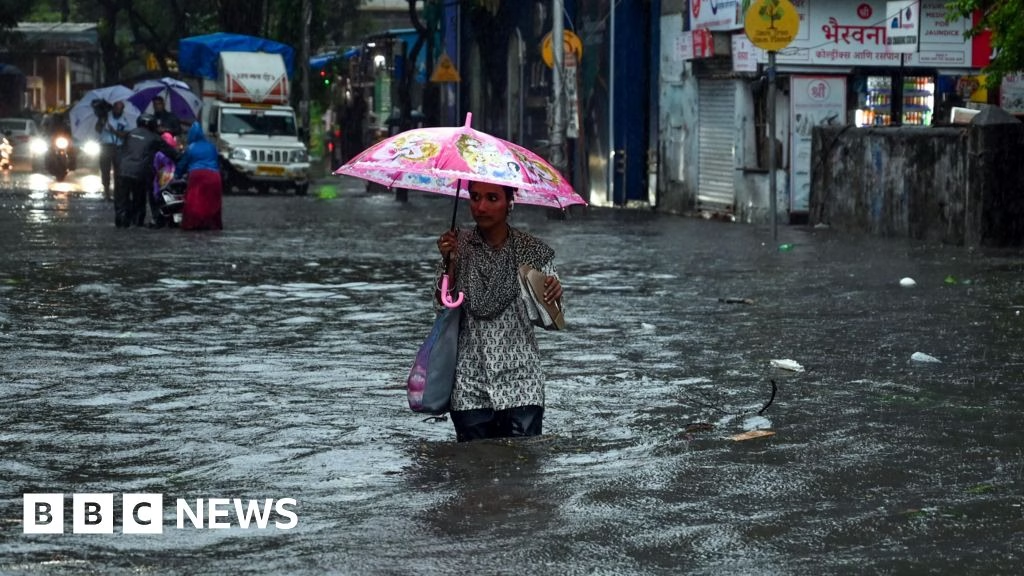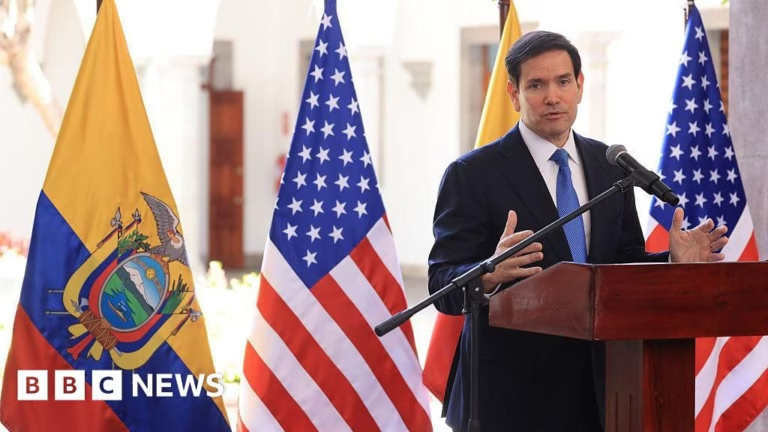Heavy rains have caused widespread flooding in Mumbai, leaving residents stranded, soaked, and frustrated. The pre-monsoon deluge exposed the city’s fragile infrastructure, leading to outrage on social media. The Brihanmumbai Municipal Corporation (BMC) initially blamed clogged drains and metro construction, but later installed de-watering pumps and cleared waste from drains to prevent further waterlogging.
“The pace of urban expansion has far exceeded the evolution of supporting infrastructure,” says Dikshu Kukreja, an architect and urban planner based in Delhi. Rapid, unplanned urbanization, poor infrastructure, and years of environmental neglect are attributed to this problem. India receives 80% of its annual rainfall during the monsoon season, which is crucial for agriculture and farmers’ livelihoods.
Experience shows that climate change has made erratic weather – unseasonal rains, flash floods, and droughts related to extreme heat – a more regular phenomenon. The monsoon arrived a week early in parts of southern India, catching authorities unprepared. In Delhi, the Minto bridge has become a symbol of the city’s annual monsoon chaos, with heavy rain resulting in the deaths and injuries of many residents.
“Bengaluru is made up of three major valleys through which water naturally flows. Most of the city’s lakes are located in these valleys,” explains Ram Prasad, a lake conservation activist. Construction on these valleys has converted lakes acting as flood buffers into built-up areas, leading to flooding issues in the city.
According to experts, it’s human actions such as cutting down mangroves and building on floodplains that have made things worse. Modern technology can help identify high-risk zones and develop predictive models for better responses, but this needs to be paired with responsive governance and community involvement.
To withstand the rains, India’s cities need forward-thinking planning and infrastructure before the damage is done. This includes creating responsive governance systems and incorporating community participation in decision-making processes.
Source: https://www.bbc.com/news/articles/cr7zlm3mpejo









